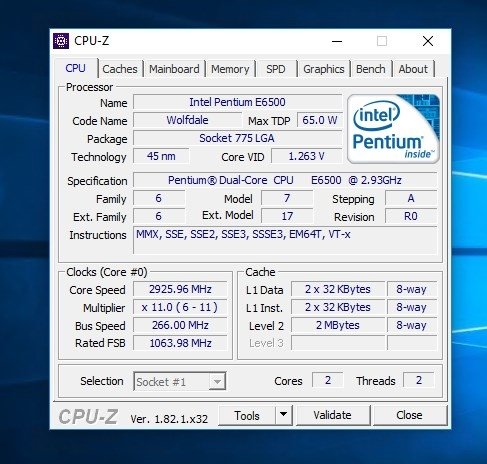

Investigation of several distinct crystals of different size and apparent crystal habit all resulted in unit-cell parameters that agreed with the published unit cell of Li 4ZrF 8. The octafluoridozirconate anion is isolated, separated by 4.9906 (4) Å from its crystallographic nearest neighbors.

The zirconium(IV) ion is surrounded by eight fluoride ions in a bicapped trigonal prism (Fig. 1 ▸), while both of the two unique lithium sites are surrounded by six fluoride ions in slightly distorted octahedra. Li 4ZrF 8 is confirmed to be isotypic with the reported structures of Li 4 MF 8 ( M = Tb, U) (El-Ghozzi et al., 1992 ▸ Brunton, 1967 ▸).


The structure of Li 4ZrF 8 was reported to be isotypic to the uranium species by powder X-ray diffraction (Dugat et al., 1995 ▸), but no refined structure model from single-crystal data has been reported to date. High-quality structure models of Li 2ZrF 6 and Li 3Zr 4F 19 from single-crystal data have previously been discussed in the literature (Brunton, 1973 ▸ Dugat et al., 1995 ▸). As a result, a re-evaluation of data is necessary in some areas. With the increased interest in carbon-neutral energy sources, investigations of nuclear-relevant technologies such as molten-salt reactors are of increasing interest. Compounds of zirconium are a useful (if imprecise) structural surrogate for tetravalent cerium, thorium, uranium, and plutonium structures where these materials are unavailable or impractical (Thoma et al., 1965 ▸, 1968 ▸). Many of these molten salts incorporate lithium, because of the favorable nuclear and thermal properties of lithium fluoride. Zirconium fluorides are commonly examined as members of trinary and ternary-phase alkali/transition metal/actinide fluorides for molten-salt reactors.


 0 kommentar(er)
0 kommentar(er)
